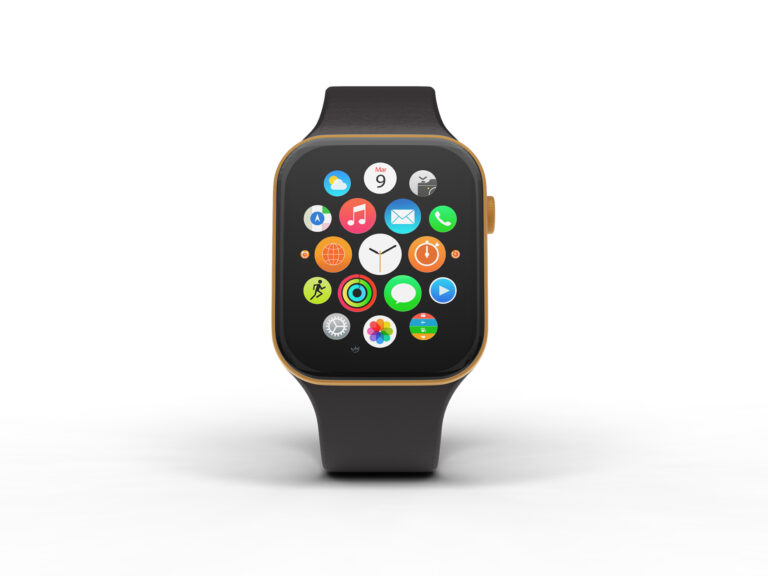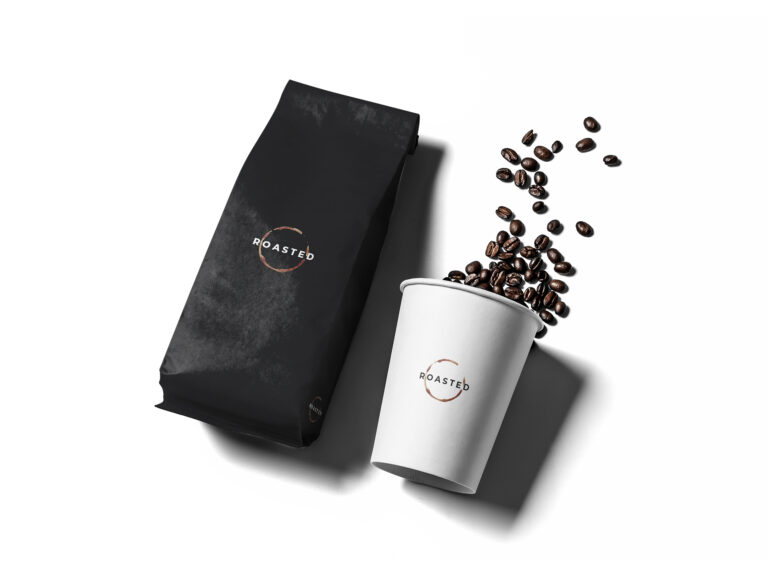
Mastering the Art of Conversion Copywriting for Sales Pages: A Comprehensive GuideMastering the Art of Conversion Copywriting for Sales Pages: A Comprehensive Guide
-
Todd O'Keefe

Sales pages are the digital storefronts that can make or break your online marketing efforts. These pages are designed with a singular focus—to convert visitors into customers by persuading them to take a specific action. Whether you’re selling a product, offering a service, or promoting an event, a well-crafted sales page is essential for driving conversions and achieving your business goals. In this guide, we will explore the different types of sales pages, their key elements, and strategies for crafting compelling and effective pages.
Introduction to Sales Pages
Sales pages are standalone web pages that focus on a single call to action (CTA). Unlike regular web pages, which may serve multiple purposes, sales pages are designed to guide visitors through a persuasive journey, addressing their needs and objections, and ultimately encouraging them to convert. The primary goal of a sales page is to maximize conversions by presenting a clear and compelling case for the desired action.
Types of Sales Pages
Sales pages generally fall into two categories: long-form and short-form.
Each type has its unique advantages and is suited for different scenarios:
- Long-Form Sales Pages: These pages are detailed and narrative-driven, making them ideal for high-ticket items or complex products that require more explanation. Long-form sales pages leverage storytelling to build a connection with the audience, gradually leading them toward the CTA. They provide ample space to address objections, showcase testimonials, and present detailed product information.
- Short-Form Sales Pages: Concise and to the point, short-form sales pages are perfect for straightforward offers where the audience is already familiar with the product. They focus on the essentials, making a quick and compelling case for the CTA. Short-form pages are typically used for low-cost or impulse-buy products where the decision-making process is quicker.
Design and Formatting Tips
A successful sales page incorporates several critical elements that work together to persuade and convert:
- Compelling Headline: The headline is the first thing visitors see, and it should grab their attention immediately. It sets the tone for the rest of the page, promising value and sparking curiosity. A strong headline clearly communicates the main benefit or unique selling proposition (USP) of the product.
- Engaging Story or Narrative: Storytelling is a powerful tool in sales pages. It helps connect with the audience on an emotional level, making the product more relatable. By framing the product as a solution to a problem or a path to a desired outcome, the narrative draws readers in and keeps them engaged.
- Clear and Persuasive Call to Action (CTA): A CTA should be prominent and compelling, guiding the visitor toward the desired action. It should be specific, action-oriented, and aligned with the page’s overall message. Effective CTAs use strong verbs and create a sense of urgency or exclusivity.
- Testimonials and Social Proof: These elements build trust and credibility, showing potential customers that others have benefited from the product. Testimonials, case studies, and endorsements from credible sources can significantly enhance the page’s persuasive power. Including real-life examples and success stories can help alleviate doubts and reinforce the product’s value.
- Visual Elements and Design Considerations: Aesthetics play a crucial role in keeping visitors engaged. Use images, videos, and a clean layout to enhance readability and interest. Visual elements should complement the text, reinforcing key messages and guiding the reader’s eye toward the CTA. High-quality visuals can help convey the product’s features and benefits more effectively.
Crafting a Long-Form Sales Page
Long-form sales pages require a strategic approach to storytelling. Start by structuring the narrative to engage readers from the headline through to the CTA. Use techniques like open loops to maintain interest, and ensure each section logically flows into the next. Testing and optimizing these pages is crucial, as even small changes can significantly impact conversion rates.
- Structuring the Narrative: Begin with a strong hook that captures attention and sets up the problem or opportunity. Gradually build the story, introducing the product as the solution and highlighting its unique benefits. Address potential objections and provide proof points to reinforce credibility. Use subheadings, bullet points, and short paragraphs to break up the text and make it more digestible.
- Maintaining Reader Interest: Incorporate visuals to illustrate key points and keep the reader engaged. Use persuasive language and rhetorical devices to create a sense of urgency and excitement. Incorporate interactive elements, such as quizzes or calculators, to engage users and provide personalized insights.
- Testing and Optimization: Continuously test different elements of the page, such as headlines, CTAs, and design layouts, to identify what resonates best with your audience. Use analytics tools to track performance metrics and gather insights for ongoing optimization. A/B testing can help determine the most effective combinations of elements.
Sales pages are the digital storefronts that can make or break your online marketing efforts. These pages are designed with a singular focus—to convert visitors into customers by persuading them to take a specific action. Whether you’re selling a product, offering a service, or promoting an event, a well-crafted sales page is essential for driving conversions and achieving your business goals. In this guide, we will explore the different types of sales pages, their key elements, and strategies for crafting compelling and effective pages.
Key Elements of a Sales Page
A successful sales page incorporates several critical elements that work together to persuade and convert:
- Compelling Headline: The headline is the first thing visitors see, and it should grab their attention immediately. It sets the tone for the rest of the page, promising value and sparking curiosity. A strong headline clearly communicates the main benefit or unique selling proposition (USP) of the product.
- Engaging Story or Narrative: Storytelling is a powerful tool in sales pages. It helps connect with the audience on an emotional level, making the product more relatable. By framing the product as a solution to a problem or a path to a desired outcome, the narrative draws readers in and keeps them engaged.
- Clear and Persuasive Call to Action (CTA): A CTA should be prominent and compelling, guiding the visitor toward the desired action. It should be specific, action-oriented, and aligned with the page’s overall message. Effective CTAs use strong verbs and create a sense of urgency or exclusivity.
- Testimonials and Social Proof: These elements build trust and credibility, showing potential customers that others have benefited from the product. Testimonials, case studies, and endorsements from credible sources can significantly enhance the page’s persuasive power. Including real-life examples and success stories can help alleviate doubts and reinforce the product’s value.
- Visual Elements and Design Considerations: Aesthetics play a crucial role in keeping visitors engaged. Use images, videos, and a clean layout to enhance readability and interest. Visual elements should complement the text, reinforcing key messages and guiding the reader’s eye toward the CTA. High-quality visuals can help convey the product’s features and benefits more effectively.
Crafting a Long-Form Sales Page
Long-form sales pages require a strategic approach to storytelling. Start by structuring the narrative to engage readers from the headline through to the CTA. Use techniques like open loops to maintain interest, and ensure each section logically flows into the next. Testing and optimizing these pages is crucial, as even small changes can significantly impact conversion rates.
- Structuring the Narrative: Begin with a strong hook that captures attention and sets up the problem or opportunity. Gradually build the story, introducing the product as the solution and highlighting its unique benefits. Address potential objections and provide proof points to reinforce credibility. Use subheadings, bullet points, and short paragraphs to break up the text and make it more digestible.
- Maintaining Reader Interest: Incorporate visuals to illustrate key points and keep the reader engaged. Use persuasive language and rhetorical devices to create a sense of urgency and excitement. Incorporate interactive elements, such as quizzes or calculators, to engage users and provide personalized insights.
- Testing and Optimization: Continuously test different elements of the page, such as headlines, CTAs, and design layouts, to identify what resonates best with your audience. Use analytics tools to track performance metrics and gather insights for ongoing optimization. A/B testing can help determine the most effective combinations of elements.


How to Navigate Your Creative Processes with Realistic Scheduling
